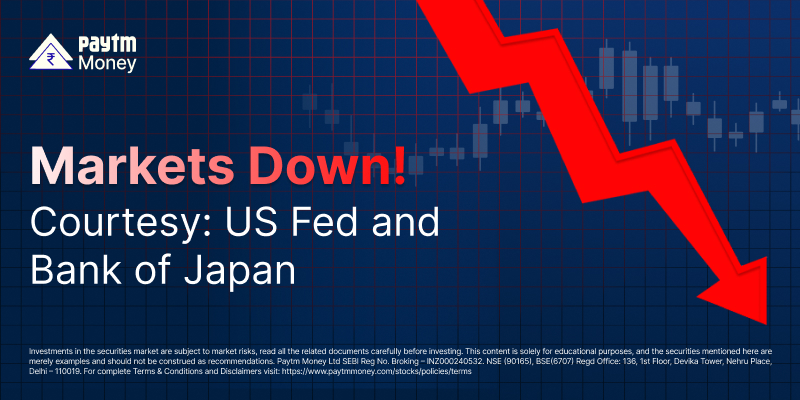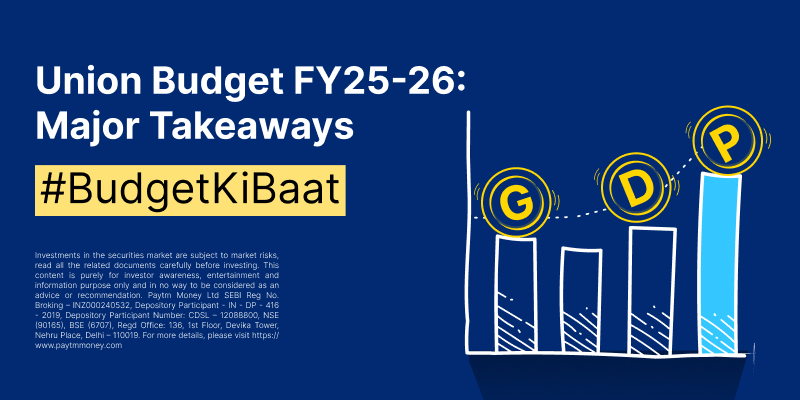Unravelling the Impact: A Tale of Global Events Shaping Indian Markets3 min read
It was a cloudy morning on August 5, 2024. The hustle and bustle of Mumbai’s financial district was in full swing as traders and investors geared up for another day at the markets. Little did they know that the confluence of several global events would cast a shadow over the Indian markets, leading to one of the weakest shows in recent times.
The Yen Carry Trade and Its Ripples
Far across the seas in Japan, the central bank’s unexpected decision to tighten monetary policy caused the Yen to surge. For years, the Yen carry trade had been a popular strategy among global investors. By borrowing in Yen at ultra-low interest rates and investing in higher-yielding assets elsewhere, they had reaped substantial gains. But with the Yen’s sudden appreciation, these trades began to unwind. Investors scrambled to repay their Yen loans, leading to a sell-off in equities and other risky assets globally. This wave of selling pressure reached Indian shores, adding to the market’s woes.
The Nikkei 225 index and Topix, however, rebounded more than 10% on Tuesday after the Yen fell about 1% against the dollar. A weak yen boosted exporters’ stocks, such as automakers and tech companies.
Israel-Iran Conflict: A Geopolitical Storm
Meanwhile, in the Middle East, tensions between Israel and Iran had escalated into an open conflict. Conflict in the north of Israel from Iran-backed militia Hezbollah is out in the open now, after the death of Hamas leader Ismael Haniah in Tehran, Iran. For India, which is heavily reliant on oil imports, this was a double-edged sword. Oil prices could spike again, hittin g trade deficit and stoking inflationary pressures, sending shivers down the spines of market participants. For now, however, this was blunted by the weak US economic data.
US Economic Data: Weak Manufacturing and Jobs Report
To top it all off, the latest economic data from the United States paints a gloomy picture. Weak manufacturing output and disappointing jobs data signalled a slowdown in the world’s largest economy, increasing the risk of recession. For the global financial markets, already jittery from the day’s developments, this was the final blow. The prospect of reduced demand from the US, a key market for Indian exports, further dampened investor sentiment.
Bangladesh Political Turmoil: A Regional Concern
Closer to home, Bangladesh is dealing with political unrest. The army has taken over after deposing the elected government. PM Sheikh Hasin took asylum in India. Protests and unrest following disputed elections had paralyzed the nation. As one of India’s key trading partners in the region, any instability in Bangladesh had immediate repercussions. Disrupted supply chains and trade flows affected several Indian companies, particularly in the textiles and consumer goods sectors. Investors, wary of the potential for prolonged instability, reacted by pulling back from stocks with significant exposure to Bangladesh.
Indian Markets: The Fallout
By midday on Aug 5, the combined impact of these events had taken its toll on the Indian markets. The benchmark indices tumbled, with the Sensex and Nifty closing significantly lower. Sectors like PSU Bank, Metal, Auto, Realty, and IT bore the brunt of the sell-off. Traditional defensive sectors like Pharma and FMCG weren’t spared, as global risk aversion led to broad-based selling.
Traders and analysts at Dalal Street were left scratching their heads, trying to make sense of the tumultuous day. It was a stark reminder of how interconnected the global financial system is, and how distant events can profoundly impact the Indian markets.
As the sun rose today, the financial district was still on high alert. Investors hoped that the coming days would provide some respite, but they remained cautious of the volatile global landscape.
Source: Business Standard




